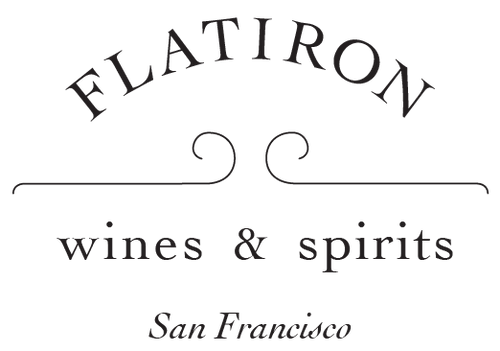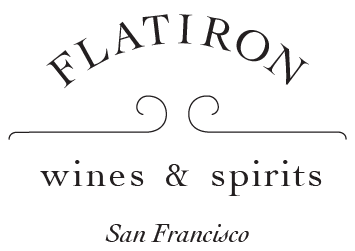
The Spectacular Beauty of ARPEPE
The Ancient wine region of Valtellina doesn’t top travel lists. It doesn’t even top the list of Italian wine regions. But, given spectacular beauty and tremendous wine culture, we hope to see this change in the coming years.
The terraced vineyards are dramatically steep and have been built up over several thousand years (some pre-date the Romans). There’s no question that they are a testament to human innovation. Looking at them inspires a similar feeling to that of other epic, ancient structures like cathedrals and pyramids. I have had the privilege of visiting many wine regions over the years. Frankly, none of them were as striking as the slopes of Valtellina.

But that is only half the story. Valtellina has long been prized for wines made from Nebbiolo (locally called Chiavennasca). These wines were well known several centuries before ‘Barolo’ was even a term. However, like much of Europe, industrialization and consolidation came during the postwar era.
In the early '70's the Pelizzatti family chose to sell the rights to their name and label to the same company that had purchased Nino Negri. It was a sad time for Arturo Pelizzatti and his father who both loved the work in the vineyards and cellar.
Arturo did keep much of the family vineyards and for a decade sold grapes until, in 1984, he was able to re-purchase the original winery back. He couldn't buy back the label, so he created a new one: ARPEPE or Arturo Pelizzatti Perego.

Sadly, Arturo grew ill and passed away in 2004. Since then his three children have taken up the helm and continue to produce traditional Valtellina from the family's impressive holding of star vineyards.
Always looking forward, the Pelizzatti's have expanded the winery. Through expansion, they’ve allowed themselves the luxury of patience. They can now age the wines for years in tanks, concrete vats and large neutral oak barrels until they are ready to bottle. Once bottled, they’re able hold them back even longer until, ultimately, they are ready to sell and drink.
The vineyard work is laborious and almost entirely by hand due to the steepness of the slope. They eschew the use of herbicides and pesticides and essentially farm the same way as their ancestors did, making their crops--and their wines by extension--living history.
This careful, traditional farming paired with the cool nights and pre-Alpine elevation means that even in very warm, dry vintages like 2015 and 2018 the fruit can be harvested with potential alcohols below 14%. This is what Emanuele prefers for Nebbiolo (and I happen to agree). Given the rising temps these vintages are now common, keep your eyes on Valtellina, there lies the future of Nebbiolo!
SHOP ARPEPE
ARPEPE, Rosso di Valtellina, 2016
ARPEPE, Valtellina Sassella Stella Retica, 2015
ARPEPE, Valtellina Riserva Inferno Fiamme Antiche 1.5L, 2011
ARPEPE, Valtellina Riserva Sassella Vigna Regina 1.5L, 2007
ARPEPE, Valtellina Riserva Sassella Rocce Rosse 1.5L, 2007
ARPEPE, Valtellina Riserva Grumello Sant' Antonio, 2009 1.5L
ARPEPE, Valtellina Riserva Grumello Buon Consiglio 1.5L, 2005
ARPEPE, Valtellina Riserva Inferno Sesto Canto 1.5L, 2009
ARPEPE, Valtellina Superiore Fiamme Antiche Inferno Riserva 1.5L, 2010
ARPEPE, Valtellina Riserva Grumello Rocca de Piro 1.5L, 2006
ARPEPE, Valtellina Sassella Riserva Rocce Rosse 1.5L, 2001

